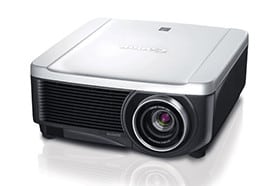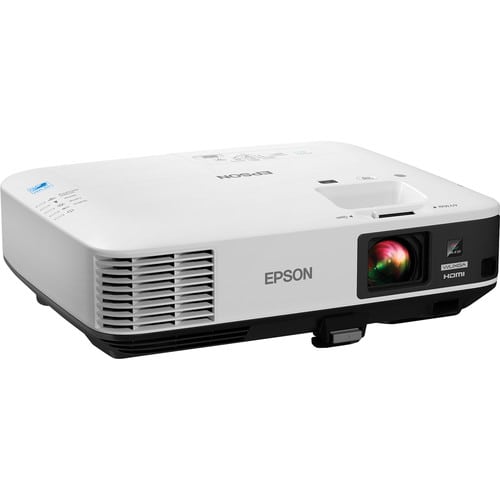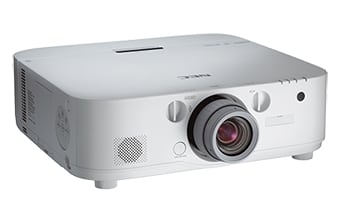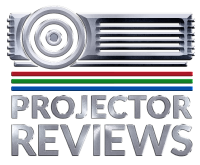- Classroom Projector Report: Best Education Projectors 2015-2016
- Guide to the Best Education Projectors Report - Room, Interactivity, Networking
- Choosing the Projectors for our 2015-2016 Classroom Projector Report 1
- Top Reviewed Projectors Included in the New Classroom Projector Report
- Classroom Projector Comparison Chart
- Projectors Considered: Larger Venue Projectors 1
- Projectors Considered: Interactive Classroom Projectors 1
- 2015-2016 Award Winners: Standard Classroom Projectors 1
- 2015-2016 Award Winners: Larger Venue Projectors for the Classroom
- 2015-2016 Award Winners: Interactive Projectors for the Classroom
- Home
- All Reviews
- By Category
- By Manufacturer
- Best Projectors
- Best Projectors By Category
- Best Projectors On Amazon
- Best 4K Projectors
- Best Ultra Short Throw Projectors
- Best Laser TVs
- Best Gaming Projectors
- Best Home Theater Projectors
- Best Projectors Under $1,000
- Best Projectors Under $500
- Best Portable Projectors
- Best Outdoor Projectors
- Best Bright Budget-Friendly Outdoor Projectors
- Best Battery Powered Outdoor Projectors
- Best Outdoor Projection Screens
- Industry News
- Reports
- Projector Manufacturers
- Manufacturer Terminology
- Manufacturers
- Recent Articles
- Custom Integration
- Projection Terms
- Projector Manufacturers Categories
- Videos
- Blog
Close
Menu
- All Reviews
- By Category
- By Manufacturer
- Best Projectors By Category
- Best Projectors On Amazon
- Best 4K Projectors
- Best Ultra Short Throw Projectors
- Best Laser TVs
- Best Gaming Projectors
- Best Home Theater Projectors
- Best Projectors Under $1,000
- Best Projectors Under $500
- Best Portable Projectors
- Best Outdoor Projectors
- Best Bright Budget-Friendly Outdoor Projectors
- Best Battery Powered Outdoor Projectors
- Best Outdoor Projection Screens
- Latest News
- Reports & Guides
- Manufacturers
- Articles
- Custom Integration
- Projection Terms
- Blog
close









